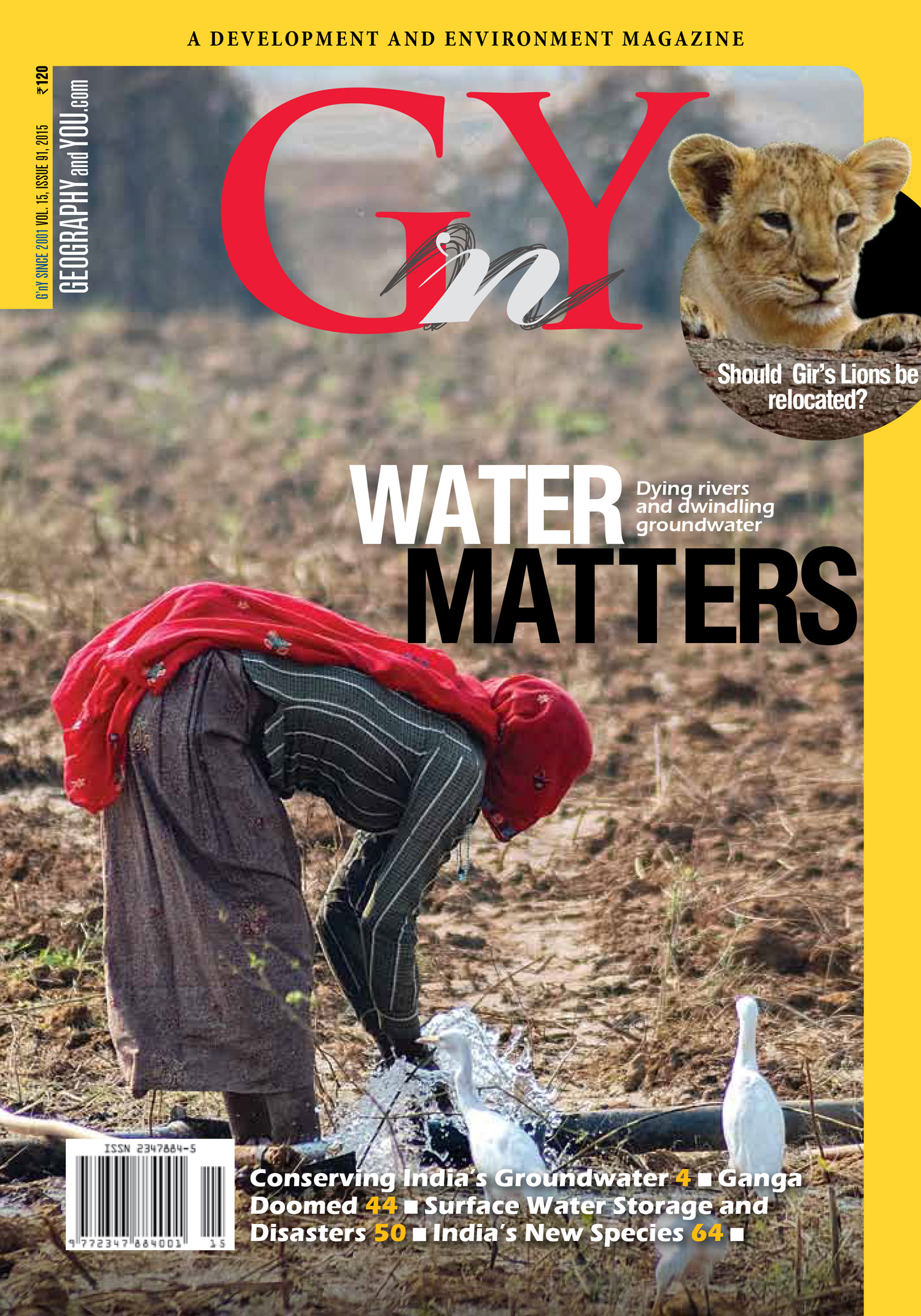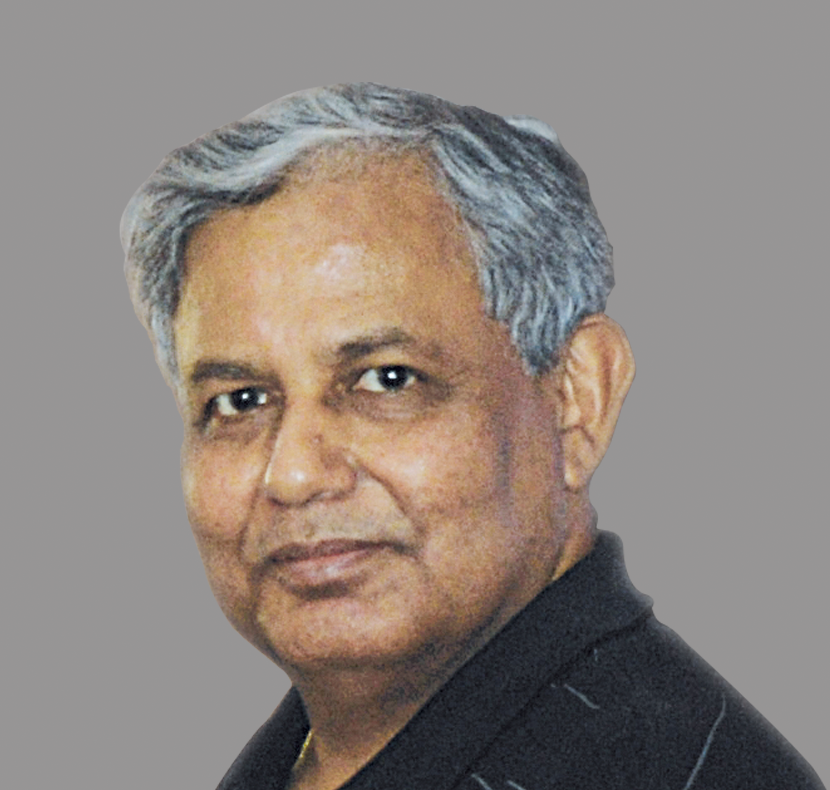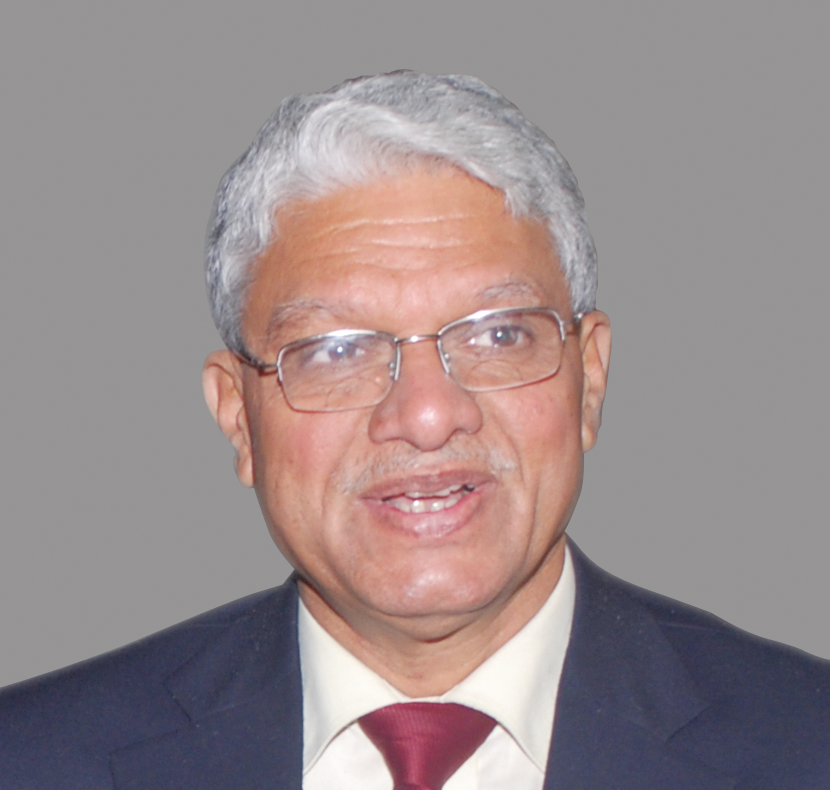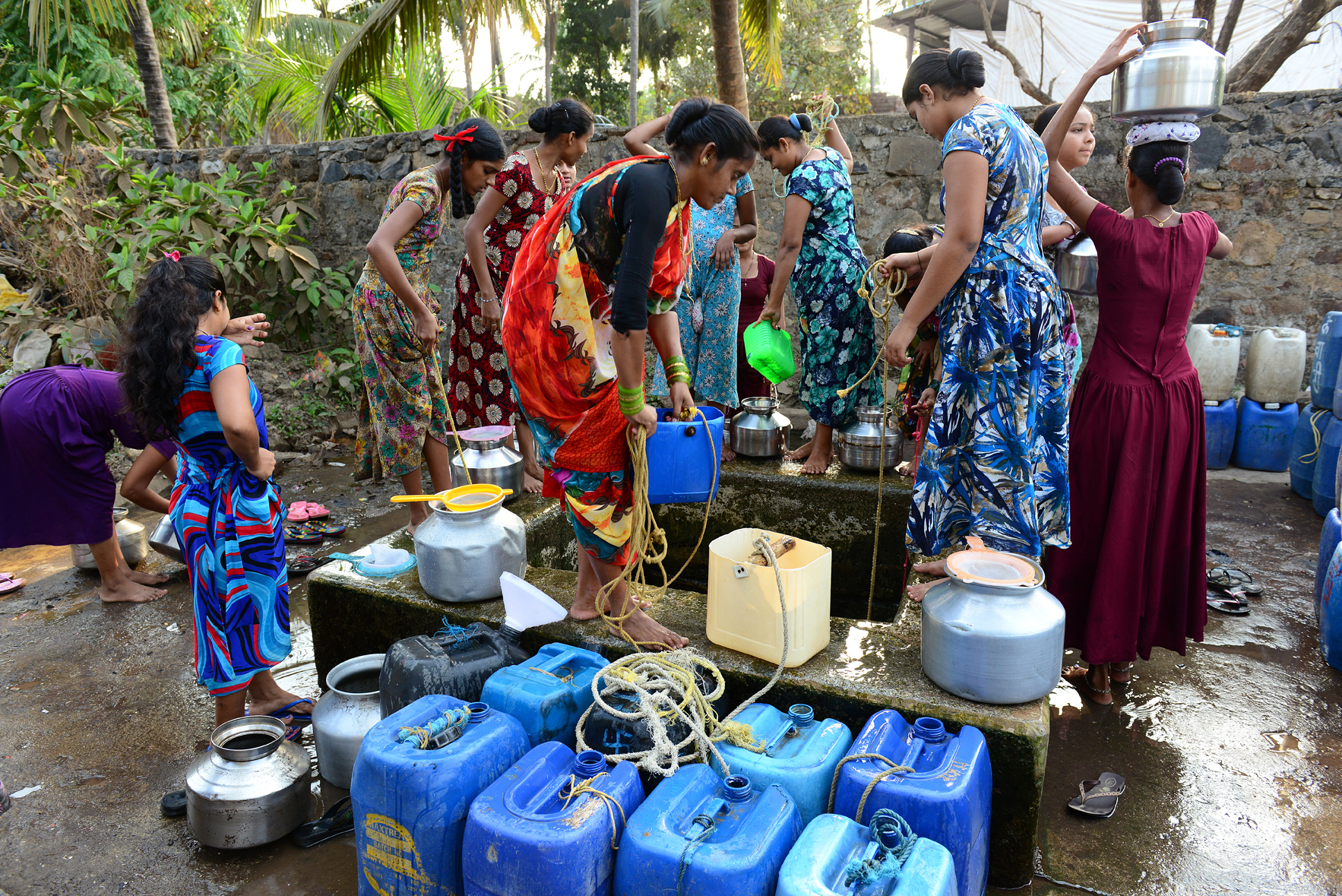
Expert Panel

Vice Chancellor, MG Kashi Vidyapeeth, Varanasi

Air Vice Marshal (Retd) Former DG, IMD, New Delhi

Deputy Director General, Fisheries, Indian Council of Agricultural Research, New Delhi

Panikkar Professor at ESSO; Former Director, NCAOR, Goa

Professor, Centre for the Study of Regional Development, Jawaharlal Nehru University, New Delhi

Professor, Centre for the Study of Regional Development, Jawaharlal Nehru University, New Delhi
Inside this issue
Water Matters
Demand for water in India is estimated to reach 1500 billion cubic m by 2030. Against this India’s current water supply is approximately 740 billion cubic m as a result of which most river basins could face a severe deficit by then.
A futuristic programme that intends to define the geometry and hydrochemistry of India’s natural aquifers in a national database which can act as an important point of reference for water resources management.
In the last few decades, there has been a tremendous overexploitation of India’s groundwater resources, particularly in the Punjab-Haryana region, due to cheap and easy groundwater pumping and drilling technologies accompanied by decision distorting energy subsidies.
With advancements in the science of simulation modelling, climate models have improved their projection capabilities. This can have an important bearing on the future hydrology of flowing surface waters in the current context of climate change.
Inter-state water disputes have been the country’s bane ever since reorganization of India into linguistic states. A paradigm shift in water management, wherein riparian hydropolitics is discarded in favour of catchment hydropolitics, can put an end to disputes and promote overall development of river basins.
Water related problems are acute in many parts of Kerala during summer. The situation could worsen further as rapid urbanisation, indiscriminate sand mining and salinity intrusion into groundwater reservoirs gradually transform the State’s environmental scenario for the worst.
Several natural and anthropogenic drivers have contributed towards the degradation of water quality in the region of the Upper Ganga. An integrated effort involving every stakeholder is the only way to improve the water quality of Ganga today.
Time and again, plans for cleaning of the Ganga have been put forth by the central government, with little success. For a river like the Ganga that drains through nine states, this is easier said than done.
Ever since independence, dams were looked upon as the temples of modern India, our saviour against droughts, and partners in India’s development. However, ill-conceived structures devoid of environmental assessment and lack of upstream and downstream flow data have turned them into killers throughout the length and breadth of the country.
Even as the population of lions surpassed its saturation point in the core area of the Gir National Park, the Gujarat Government turned a deaf ear to the Supreme Court’s injunction of relocating a few lions to neighbouring Madhya Pradesh.
Discovery of new species have aided the understanding of future probabilities. It has been analysed that these newly discovered species are habitants of the few desolate forests that may be home to a diverse groups of medicinal and natural antidotes.
In brief
Many a stories have been woven around rippling and cascading brooks that ran by homes, and deep and dark pools that adorned every green grove, about unwritten codes and voyeurism, shame and love, titillation and fear. When the mundane activity of collecting drinking water and bathing in a common spa

